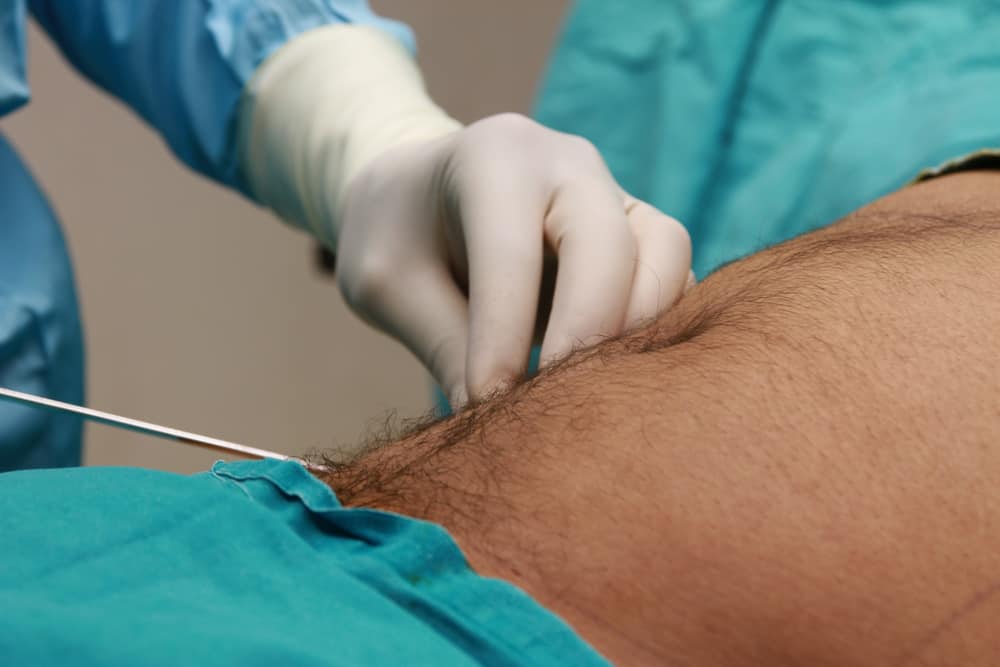- Body
- Breast
- Face
- Injectables
- BOTOX®, Dysport & Nuceiva
- Dermal Fillers
- Earlobe Filler
- Facial Slimming
- Gummy Smile Correction
- Hyaluronidase
- Hyperhidrosis
- Jawline Filler
- Lip Injections
- Non-Surgical Brow Lift
- Non-Surgical Double Chin Reduction
- Non-Surgical Facelift
- Non-Surgical Hand Rejuvenation
- Non-Surgical Nose Job
- Tear Trough Treatment
- Skin
- Male
- Gallery
- About
- Resources
- Contact
Fat transfer, also known as a fat grafting procedure, is where Dr. Pirani would take excess fat from an area and inject it into another area of a patient’s body that might lack volume or plumpness. This is a safe and well-accepted procedure that will give you natural looking results.
If you are wondering what fat transfers can do and how they work, we have the answers for you.
Areas That Can Have Fat Transferred

To begin with, let’s take a look at the areas of your body that can have a fat transfer procedure. Common areas where fat is removed from are the tummy, hips, love handles, and thighs. The fat can be transferred to any area that could use some volume, including the nose, cheekbones, mouth, eyelids, and even the buttocks or breasts.
You should consider the procedure if:
- you have any facial areas that appear creased or sunken,
- you would like more permanent results than you could get with a filler,
- you want to improve your body’s contour or
- you want any irregularities throughout your body filled in.
Candidates for this procedure must be in good health with no circulation problems. You must also be a non-smoker as smoking can reduce your chances of success. You also need areas that have fat to be transferred from.
The Benefits of Fat Transfer
Using fat from your own body will reduce the risk of developing an allergic reaction, since it is your own fat. The results from a fat transfer are permanent, natural, and completely safe. It is also a non-invasive method for achieving long-term facial rejuvenation. You can reach the appearance goals that you have wanted by simultaneously removing fat from unwanted places and putting it where you would like it to be.
How The Procedure Works
The procedure works by performing a limited liposculpture through one or more small incisions. The fat is taken from the area of concern, such as the abdomen and the thighs. Then using a centrifuge, the fat is filtered and rinsed before being injected to where it is needed. The fat will be evenly distributed into the area in small amounts to ensure that it will be supplied with oxygen and nutrients.
The procedure can be done as either an inpatient or outpatient procedure. The procedure is normally done with local anaesthesia in the areas that will be treated. The procedure itself should only take about an hour, depending on the amount and placement of the fat transfer.
Side Effects and Recovery
In the area that you are having the fat taken from, you can expect some bruising, swelling, and tenderness. You should also expect drainage of anaesthetic liquid for about a day after the procedure.
In the area that receives the fat transfer, you can expect some bruising, swelling, and tenderness as well. These areas will be noticeably swollen, more so if you are having the fat transferred to your lips. It is important to use a cold compress around the receiving area for the first few hours after the procedure to help reduce the amount of swelling.
You can make your own cold pack by using a freezer bag that is filled with ice cubes and water.
You can expect swelling for the first few days, with the third day most likely being the worst, and then it will gradually subside over the next week. You should feel good enough about your procedure by the end of the first week to go out in public again.
When To Call
You should always call Dr. Pirani if you have any concerns during your recovery. This includes any bulges that appear or if you develop a fever. You should also keep your follow-up appointment with the doctor to make sure that you are healing well and to answer any questions that you might have.
Results
The results from your fat transfer procedure will depend on where you have had the fat transferred from and where it has been placed. You will have plumper skin in the area where it is placed, including deep wrinkles, cheekbones, or even the buttocks. Your body will naturally absorb a percentage of the fat. Once that has happened, the procedure will be considered permanent.







